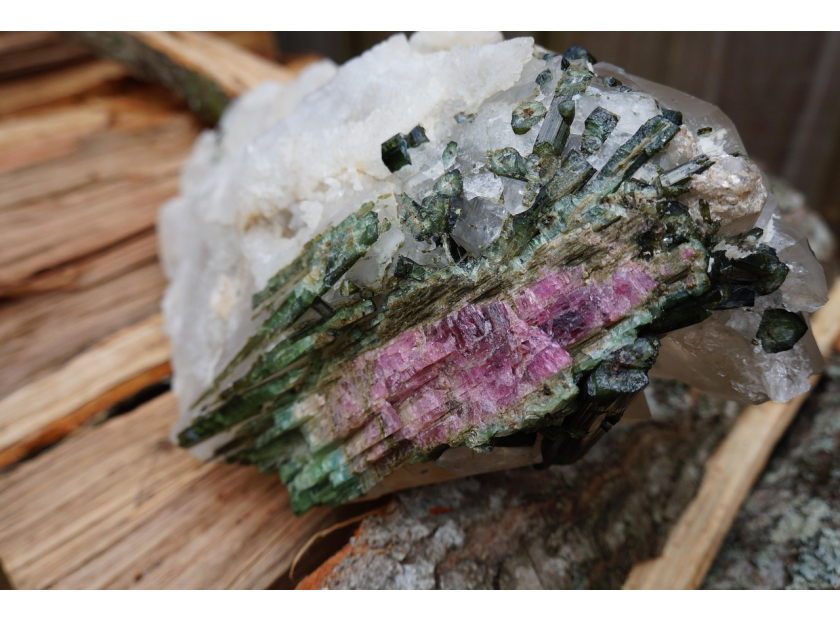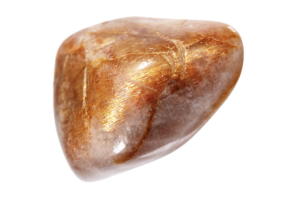USD
/
USD
/
Shipping to:
Currency:
Tourmaline is a captivating gemstone cherished for its dazzling range of colors and unique properties.
Whether you're a collector, jeweler, or simply an admirer, making sure your tourmaline is authentic is essential.
This guide walks you through the key methods to determine if your tourmaline is real.
Understanding Tourmaline
Tourmaline is a crystalline silicate mineral that comes in a spectrum of colors, from deep blacks to vibrant pinks and greens.
Its varied hues and striking appearance make it a favorite in fine jewelry design.
If you’re looking for a unique piece, check out gemstone engagement rings.
Why Identifying Real Tourmaline Matters
Knowing whether your tourmaline is real can protect you in several ways:
- Financial value: Authentic tourmaline is significantly more valuable than synthetic or imitation stones.
- Ethical sourcing: Real tourmaline is often sourced from ethical mining operations, while fakes can come from dubious origins.
If you’re unsure what type of gem suits your needs, check out lab-grown diamonds vs gemstones to explore the differences.
Ways to Identify Genuine Tourmaline
Look at the Color and Pleochroism
Real tourmaline displays pleochroism, meaning it shows different colors depending on the angle of light.
- Rotate the stone: Under a steady light source, slowly turn the stone. A real tourmaline will shift in color intensity or shade.
- Use a flashlight: Shine a light through the gem. Black tourmaline may show brownish tones under strong light.
Test Its Hardness
Tourmaline ranks between 7 and 7.5 on the Mohs hardness scale, making it scratch-resistant but not invincible.
- Perform a scratch test: Carefully scratch a discreet area with a steel knife. A real stone shouldn't scratch easily.
To see how tourmaline compares to other stones, read about lab-grown diamonds vs gemstones.
Check for Inclusions and Growth Patterns
Natural tourmalines usually contain inclusions, which can be seen with a magnifier.
- Use a jeweler’s loupe: Look for thread-like lines, wisps, or bubbles inside the stone—signs it's likely natural.
- Look for striations: Real tourmaline crystals often have linear striations along their length.
Evaluate Weight and Density
Tourmaline has a specific gravity between 2.82 and 3.32.
- Compare weight: If you have access to precise scales, real tourmaline will feel heavier than glass or plastic imitations.
When to Call in the Experts
If you're still unsure:
- Consult a gemologist: A professional can use tools like refractometers and polariscopes for accurate testing.
- Get certified: Reputable gem labs can issue an authenticity certificate.
Watch for Fakes and Treated Stones
- Glass and synthetics: Some fakes are colored glass or lab-made materials. These usually have fewer inclusions and can scratch more easily.
- Heat and irradiation: These treatments enhance color but should be disclosed by the seller.
Curious about how these stones form? Learn more in how gemstones and diamonds are formed.
Smart Buying Tips for Tourmaline
- Buy from trusted sources: Always choose verified jewelers. If you're shopping for gifts, check our gemstone collection.
- Ask for paperwork: Don’t be shy about requesting origin or treatment info.
- Beware of deals too good to be true: Unrealistically low prices are often red flags. Interested in one-of-a-kind pieces? Have a look at non-traditional engagement rings.
FAQs About Real vs Fake Tourmaline
Can tourmaline change color?
Yes, due to pleochroism, tourmaline can appear to change color when viewed from different angles.
Is synthetic tourmaline valuable?
Synthetic tourmaline may look nice, but it doesn't carry the same value or rarity as a natural stone.
What is the rarest kind of tourmaline?
Paraíba tourmaline, known for its neon blue-green glow, is the rarest and most valuable variety.
How should I clean my tourmaline?
Use warm water, mild soap, and a soft brush. Avoid ultrasonic cleaners and harsh chemicals.
If you're shopping for other pieces, like diamond wedding rings, check care instructions specific to each type of stone.








